#druidism
Explore tagged Tumblr posts
Text

Spectacular
#Stonehenge#Salisbury#Wiltshire#comet#night sky#UK#prehistoric#druidism#monoliths#english history#stone circle#night photo#nightscape#English countryside#astronomy
111 notes
·
View notes
Text
the trees you grew up with have not forgotten you. their branches still whisper your name in the breeze and their roots remember the paths your feet once traced through their shade.
#witchcraft#witch#witchblr#pagan witch#baby witch#paganism#paganlife#baby pagan#druidism#pagancommunity#affirmation#agnostic witchcraft#secular witchcraft
20K notes
·
View notes
Text

My 3 Favorite Books ~ as a green witch 🧙🏼♀️
These three books have offered huge foundations to my practice and are ones I continue to reread time and time again to inspire and revive my practice and to welcome new wisdom by reading the words from a new perspective. They are great for green witches, druids, or anyone interested in nature based magic. 🌲
🌿 The Druidry Handbook by John Michael Greer
🌿 Natural Magic by Doreen Valiente
🌿 Braiding Sweetgrass by Robin Wall Kimmerer
If you have favorites in the realm of green witchcraft, druidry, or nature magick, drop ‘em below! 🌱
#green witch#green witchcraft#nature magic#nature witch#forest witch#earth wisdom#pagan witch#solitary witch#earth witch#witchcore#witchcraft#witchblr#witch blog#witch aesthetic#braiding sweetgrass#druidism#druidry#druid#druidry handbook#natural magic
84 notes
·
View notes
Text
Different flowers and the Hellenic deities they correspond with: a masterlist:
🌸🏛️🌸🏛️🌸🏛️🌸🏛️🌸🏛️🌸🏛️🌸🏛️🌸🏛️
- Anenome 🌹Aeolus, Aether
- Aster 🌹 Astraea
- Amaranth 🌹Artemis
- Allium 🌹Poseidon, Hecate
- Asphodel 🌹hades, Nyx, Persephone, Hecate
- Bluebell 🌹Circe
- Buttercup 🌹Apollo
- Black eyed Susan 🌹Tyche, Nemesis
- Bleeding heart 🌹Aphrodite
- Chrysanthemum 🌹 Heracles,
- Carnation 🌹Artemis, Aphrodite, Ares, Dysnomia, Zeus
- Cornflower 🌹Demeter
- Crocus 🌹Apollo, Hermes
- Cosmos 🌹Astraeus
- Cyclamen 🌹Persephone, Hekate
- Dandelion 🌹Apollo, Hekate
- Daisy 🌹Hebe, Hephaestus, Artemis, Persephone, Aphrodite
- Daffodil 🌹 Apollo, Eirene, Proteus, Hades
- Delphinium 🌹Poseidon, Amphitrite, Britomartis
- Daylily 🌹 Hyperion, Aether
- Forget me not 🌹 Mnemosyne, Dionysus, Zeus
- Foxglove 🌹 Artemis, Ares
- Gardenia 🌹Athena, Aphrodite
- Geranium 🌹Circe, Aphrodite
- Gladiolus 🌹 Apollo, Nike
- Goldenrod 🌹Demeter
- Heather 🌹 Heracles, Hera
- Heliotrope 🌹 Helios
- Hollyhock 🌹Hestia
- Hyacinth 🌹 Apollo
- Honeysuckle 🌹 Aristaeus, Hestia
- Iris 🌹 Iris, Pistis
- Jasmine 🌹Aphrodite, Athena, Morpheus, Nyx
- Lily 🌹Hebe, Hekate, Hera
- Lily of the valley 🌹 Persephone, Melinoe, Prometheus, Hades, Hekate, Nyx
- Lavender 🌹 Asclepius
- Lilac 🌹Pan
- Morning glory 🌹 Apollo, Eos
- Marigold 🌹 Apollo, Deipneus, Dionysus
- Nasturtium 🌹Hephaestus, Nike
- Orchid 🌹 Dionysus
- Peace Lily 🌹Tyche, Harmonia, Hera
- Poppy 🌹Ares, Asclepius, Epione, Morpheus, Hygeia, Demeter
- Peony 🌹 Aphrodite, Apollo
- Pansy 🌹Apollo, Dionysus
- Phlox 🌹 Eros
- Rose 🌹Aglaea, Aphrodite, Clymene, Eris, Eos
- Sunflower 🌹 Demeter, Apollo
- Sweet pea 🌹Aphrodite
- Snowdrops 🌹Chione
- Tulip 🌹 Eirene, Aphrodite
- Violet 🌹Aphrodite, Persephone, Zagreus, Dionysus
- Veronica 🌹Demeter
- Vervain 🌹Artemis, Aphrodite
- Water Lily 🌹Tethys, Zagreus, Hera
- Yarrow 🌹 Aphrodite, Hermes, Pan
- Zinnia 🌹 Zeus
🏛️🌸🏛️🌸🏛️🌸🏛️🌸🏛️🌸🏛️🌸🏛️🌸🏛️🌸
#male witch#green witch#hellenism#paganism#witchcraft#hellenic worship#druidism#baby witch#pagan witch#hellenic polytheism#hellenic deities#hellenic paganism#hellenist#hellenistic#hellenic devotion#hellenic pagan#hellenic gods#hellenic polythiest#greek deities#greek gods#greek mythology#theoi#theoi worship#masterlist#hellenic magick#correspondence#hellenic witch
513 notes
·
View notes
Text
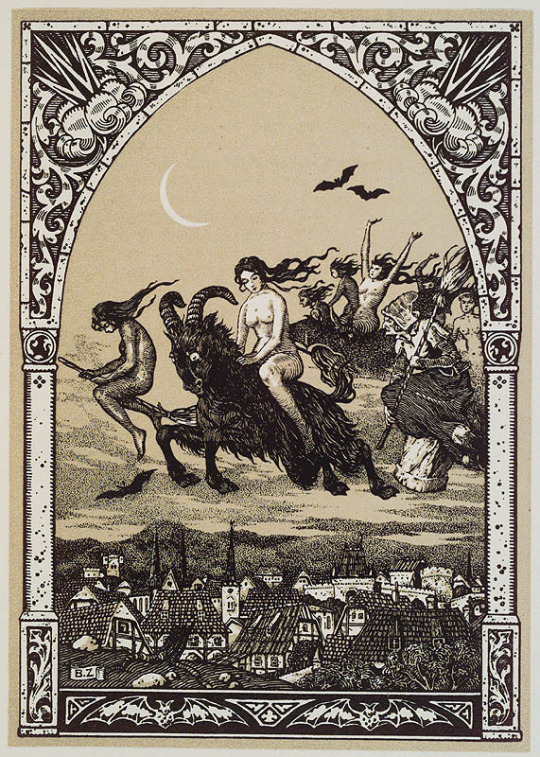
"Witches' Night" is here!
May Day Eve (Apr 30) is Walpurgisnacht (Walpurgis Night) across parts of Europe.
Known as "the other Halloween", it's a time when witches and evil spirits take to the skies for a little mischief.
#may day#Beltane eve#beltane#witchcraft#witchblr#magick#witch#witchythings#pagan witch#witchy shit#paganism#druidry#druidism
698 notes
·
View notes
Text

The Forest Nobles
#rj barker#forsaken trilogy#gods of the wyrdwood#fan art#old gods#forest gods#druidism#paganism#artists on tumblr#my art#where the wild things are#woods#forest#horned god#fantasy art#dark fantasy
60 notes
·
View notes
Text

What a beautiful tree portal 🌳 🌿🧚✨️
#druid#druidism#witchcraft#witchy#trees and forests#trees#tree magic#magic#divination#meditation#witchblr#wicca#herbs#green witch#earth#elements#nature witch#nature#plants#park#magic portal#portal#faerie#fae#fae folk#celtic#pagan#pagan witch#paganism
28 notes
·
View notes
Text
“Where are your pagan gods now?”

Gardening

Comforting your abandoned dead
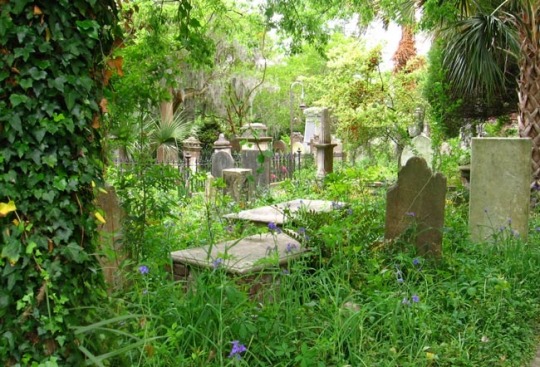
Reclaiming
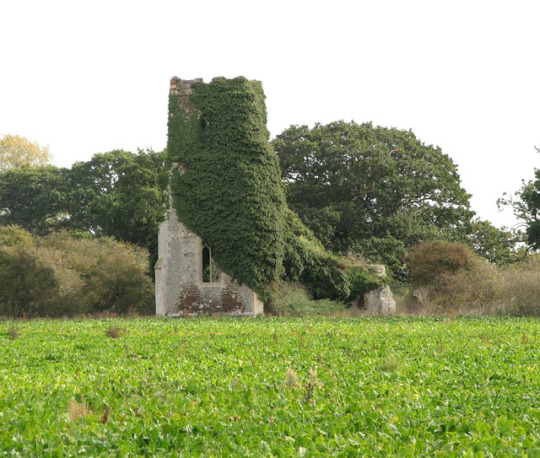
Rerooting

#paganism#pagan#pagan witch#pagan deities#druid#pagan Druid#druidism#nature#rebirth#imbolc#fantastical February#spring#spring equinox#winter solstice#wizard#witchy#witch#witchcraft
2K notes
·
View notes
Text
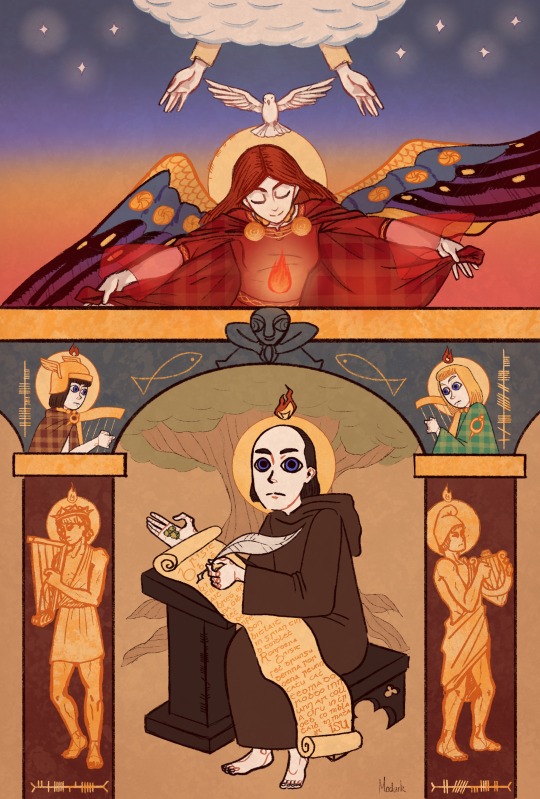
The Bardic Tradition
I made a long thread explaining in detail all the symbolism in this piece when I first posted it. That's lost to time now, thanks Elon. I'll try to rewrite it to the best of my ability in an abridged form.
The basic gist is that its a visual representation of the ancient Gaelic bardic tradition. Seated in the center is St. Colmcille, composing an old Irish hymn to St. Brigid, "Brigit bé bithmaith". He is holding hazel nuts, symbols of knowledge / inspiration in Irish legend. On the two pillars on either side of him are King David (left) and Orpheus (right), two famous poets from antiquity. Two legendary poets from Irish legend, Oisín and Amergin, are situated above each pillar respectively. The two fish are seen swimming "upstream" (as in the legend of the Salmon of Knowledge) toward a sheela na gig, a architectural feature / grotesque of early Irish churches which some consider to be symbols of femininity, meant to ward off evil. At the top of the image, hands from a cloud (representing God) release a white dove (representing the Holy Spirit) down to St. Brigid. She owes her angelic appearance to her being considered both a pagan goddess and Christian saint. She is guarding a flame, which symbolises poetic inspiration, and which can be seen floating above the heads of all the other figures.
#celtic#irish#poetry#celtic mythology#irish mythology#irish culture#ireland#celtic culture#celtic christianity#druidry#druidism#bardic inspiration#imbas#imbas forosnai#celtic revival#gaelic#st brigid#saint brigid#mythology#digital art#mediaeval#medieval art#medieval manuscripts#illuminated manuscript#celtic design#irish history#awen#esotericism#spirituality#paganism
124 notes
·
View notes
Text
Red wine for the Allfather as Odin’s Day approaches.

#eclectic pagan#norse pagan#pagan#pagan community#celtic pagan#pagan wicca#pagan witch#paganism#pagans of tumblr#writers on tumblr#Odin#odin allfather#allfather#sacred space#altar#spiritual path#druidry#druidism#druid#heathen#norse heathen#germanic heathen
33 notes
·
View notes
Text
If you're interested in a community that is Adult Witchcraft Folk Magic Intermediate to Advanced or just any "magic" path or faith that falls around these practices, I've started a community for one.
It's geared to not include very baby witch information/inquiries. For me, that content no longer serves me. Its also a safe space for information on magical concepts that you may not want to discuss with children/minors.
We still need a lot more interactions and community involvement and its almost spring! When I think a lot of us start to defrosting lmao.
Request to join if you're interested! 🕯
#witchcraft#witchblr#occult#wicca#paganism#druidism#norse paganism#earth based religions#spellwork#communities#tumblr communities#witch
187 notes
·
View notes
Text

Sunrise at 4:51 am illuminates the ancient megaliths of Stonehenge
#Stonehenge#Salisbury Plain#Wiltshire#dawn#longest day#prehistoric#druidism#summer solstice#stone circle#sunrise#paganism#megaliths#solar calendar#mystery#awe#UK
1K notes
·
View notes
Text
Hey. Your matter recalls cosmic explosions and you tasted oblivion before you learned your own name. Fear nothing.
#witchcraft#witch#witchblr#pagan witch#baby witch#paganism#paganlife#baby pagan#druidism#pagancommunity#secular witchcraft#agnostic witchcraft
463 notes
·
View notes
Text
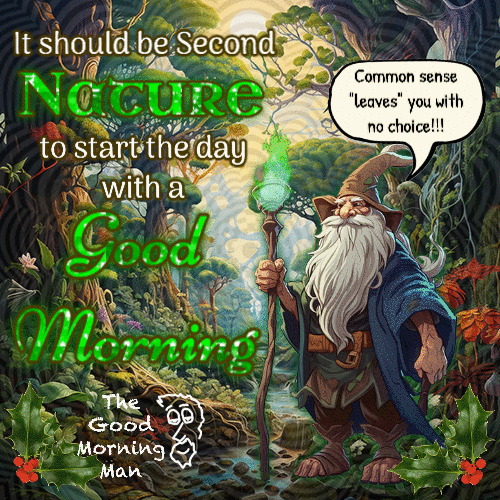
You like this picture? I "drew it"!
#good#morning#good morning#good morning message#good morning image#good morning images#good morning man#the good morning man#the entire morning#gif#good morning messages#druid#druid posting#druid art#druidry#druidism#wizard#wizard posting#nature#leaves#second nature
1K notes
·
View notes
Text
Some subtle ways to honor Hermes 🪽💌
- Help guide or instruct lost or confused travelers to their destinations if you know how to
- regularly text and keep up with your loved ones and friends
- don’t snitch on shoplifters
- play string instruments like harp, guitar, or violin.
- be kind and respectful to your mail carriers
- enjoy your road-trips, vacations, or other travels.
- watch or support gymnastics events
- pirate media kept from you by corporate streaming services (hehe)
- watch and support those speaking in public
- engage in nuanced and eloquent conversations with people you interact with.
- invest in something that will bring you monetary wealth
- go for a nice drive or bus/train ride
- eat strawberries or strawberry flavored things
- be respectful and understanding of clerks, wage workers, and shopkeepers.
- watch the Olympics and especially the gymnastics.
If you like this post, and want to learn more about the gods of Hellen and Hellenic worship, please consider giving me a follow! I post daily. Blessed be your day 🏛️💙
#male witch#green witch#hellenism#paganism#witchcraft#druidism#hellenic worship#baby witch#pagan witch#hellenic witch#hellenic paganism#hellenist#hellenic deities#hermes#hermes offering#hermes worship#hermes deity#hermes devotion#greek pantheon#subtlewaystohonor
619 notes
·
View notes